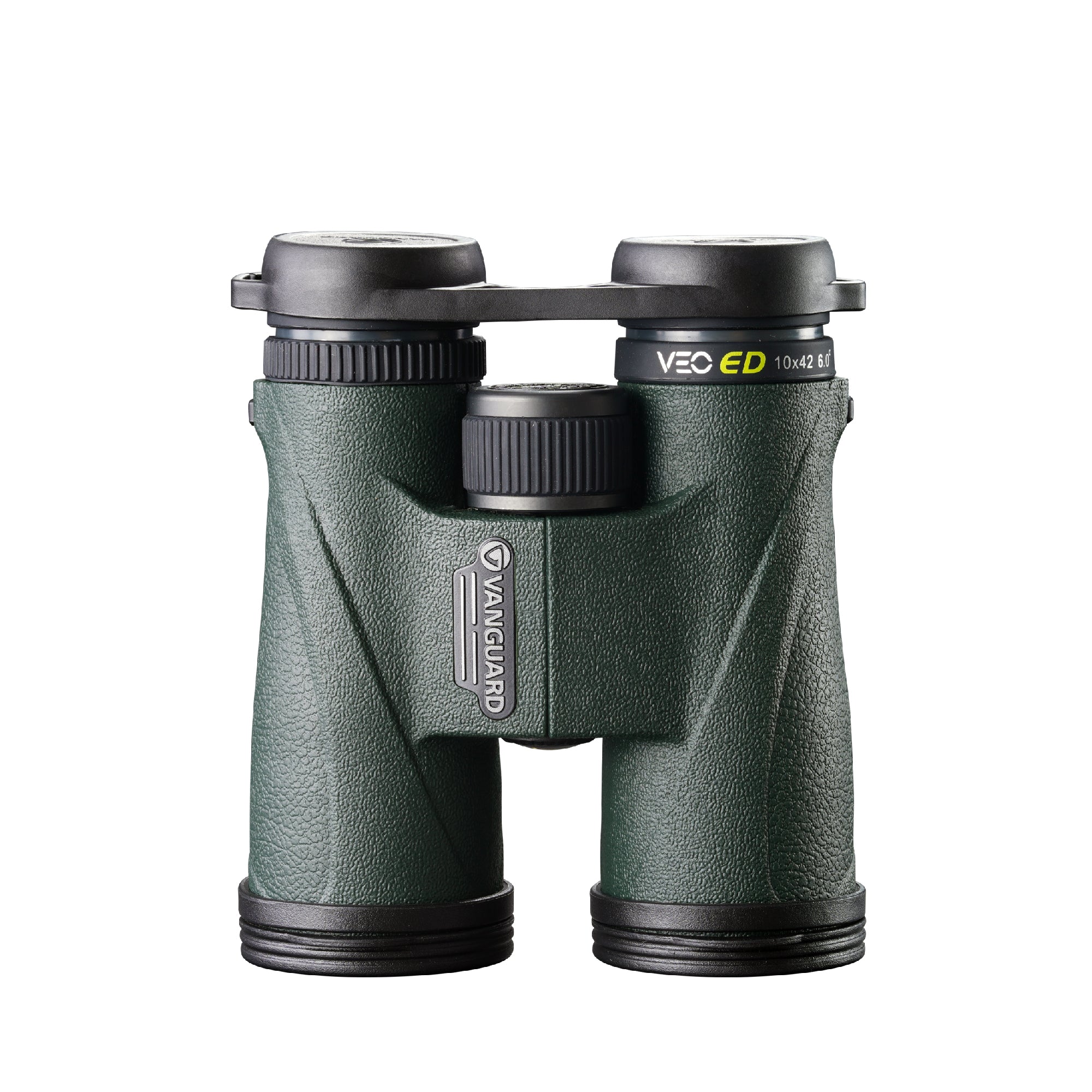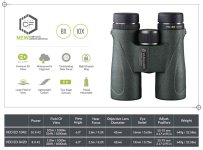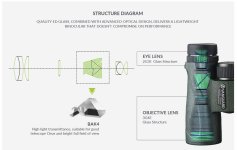so we can "enjoy the intensity without the weight" in peace of mind?… maybe zeiss needs to make some more “extreme abuse” videos of other models, to show that the lighter models are still perfectly robust.
@Hermann - jring has made some interesting comments over the years about the West German service glasses which more or less echo yours. It does look as though the Steiner model was not built tough enough for that purpose (though one wonders if an improved design in the same material might have been up to the task). I would imagine the polycarbonate/Makrolon body ought to be fine for civilian use?
I remember some years ago trying an individual focus 7x50 on a whale watching boat (Bushnell maybe) and being surprised by its light weight - guess it was probably made from some kind of plastic. Image quality seemed pretty good too, given its likely price. In all honesty I can't say I have an issue with plastic bodies, if they're robust enough for their intended purpose.












